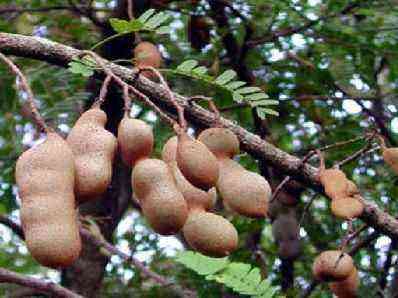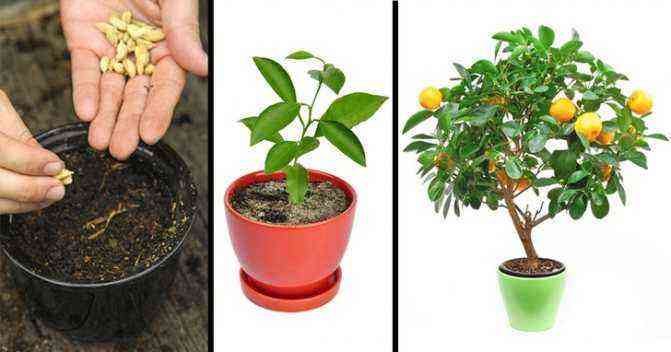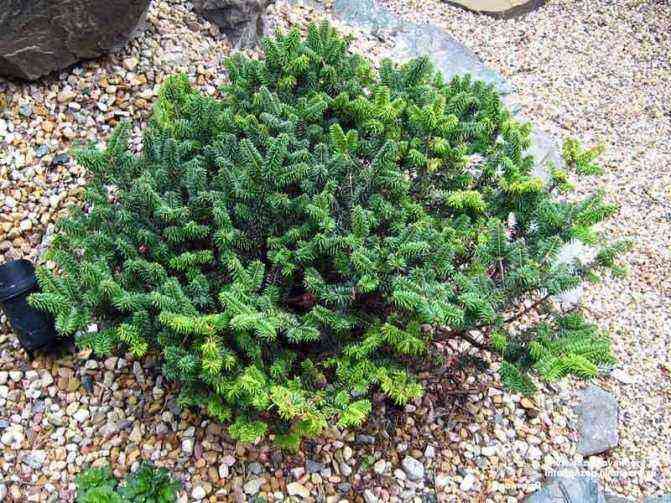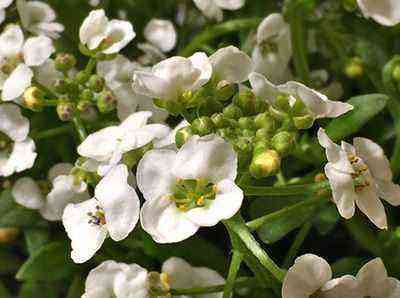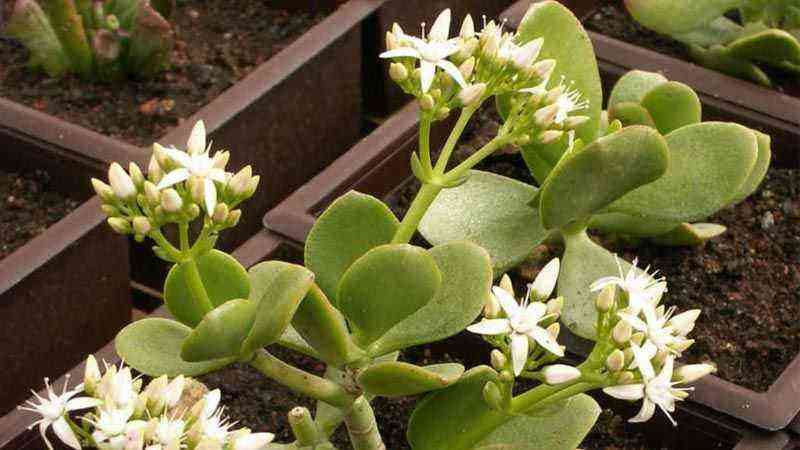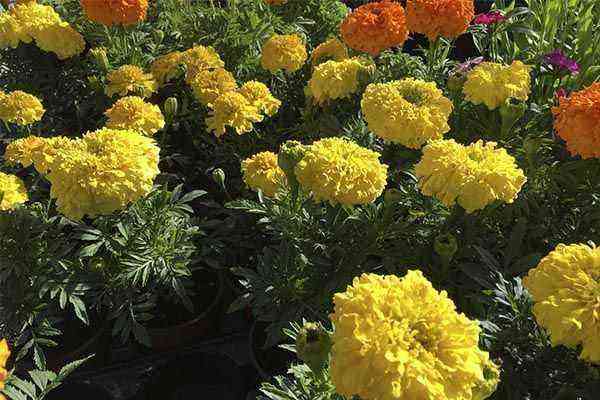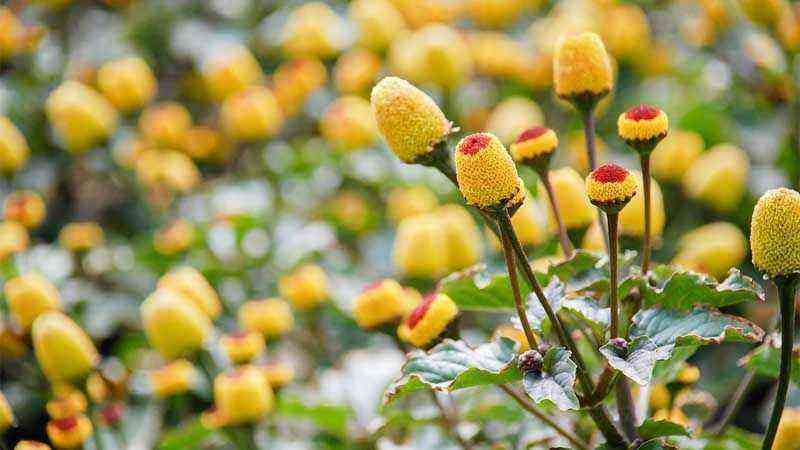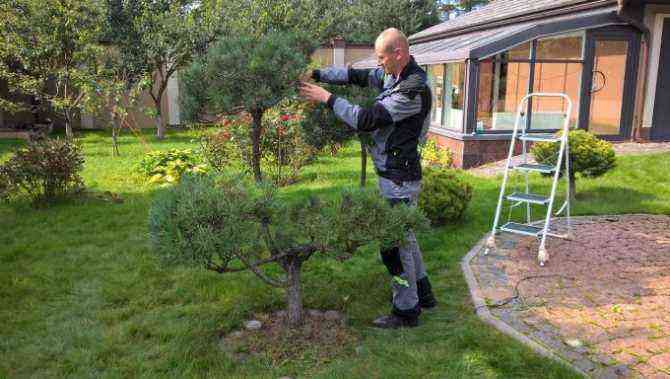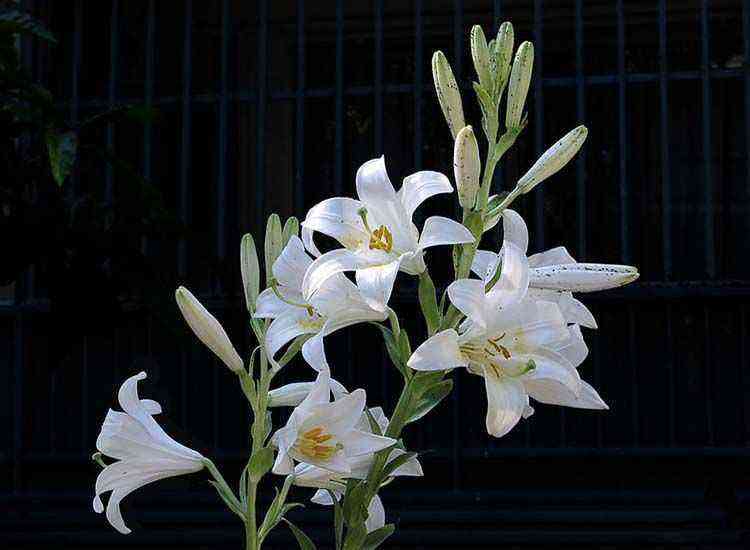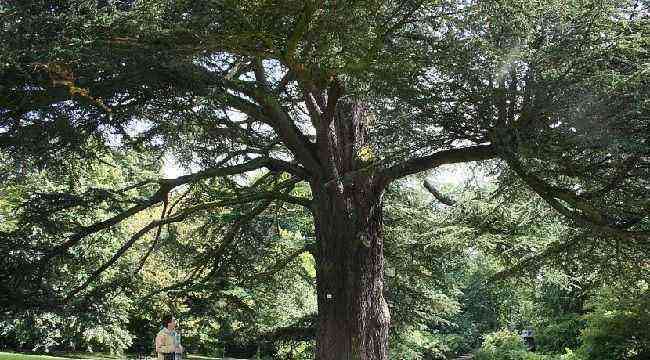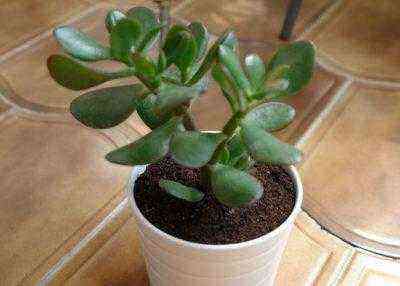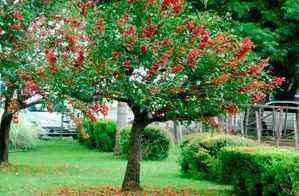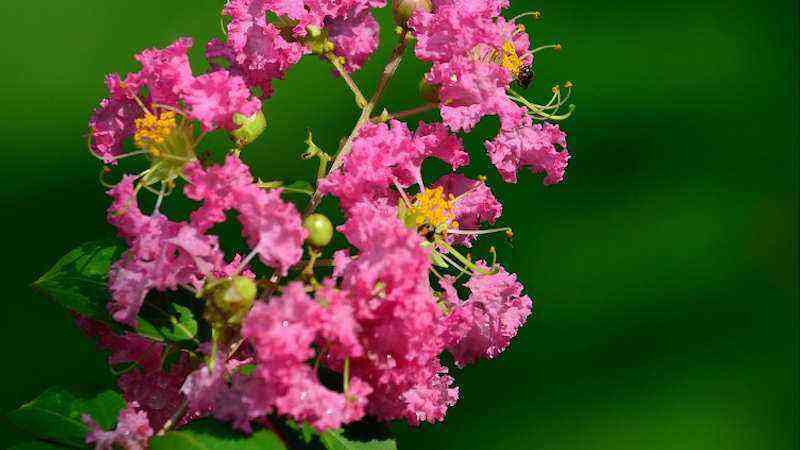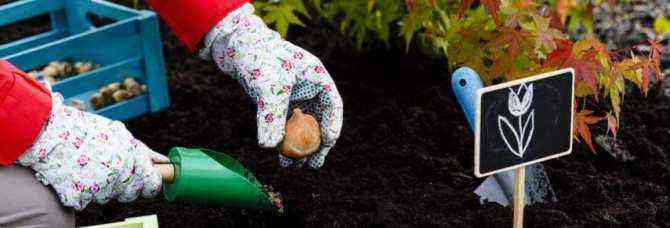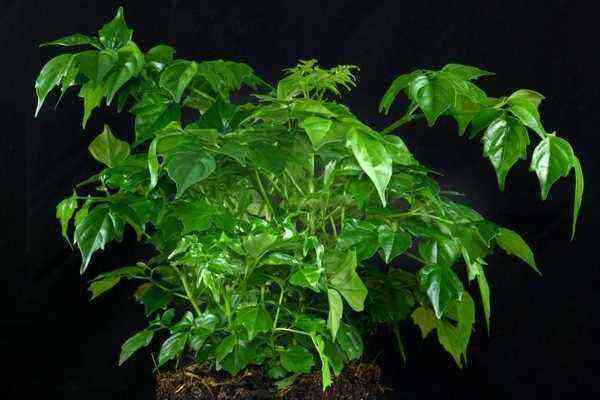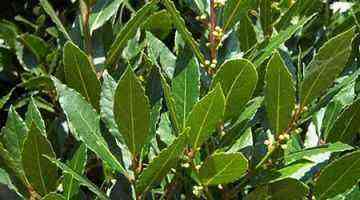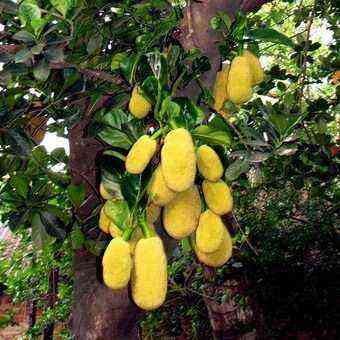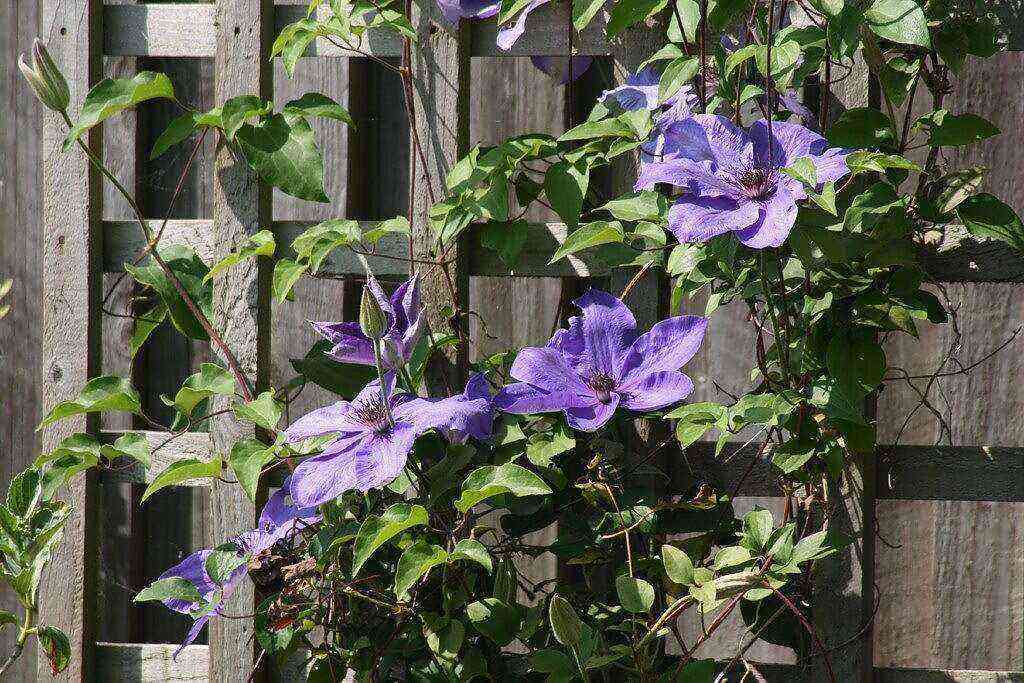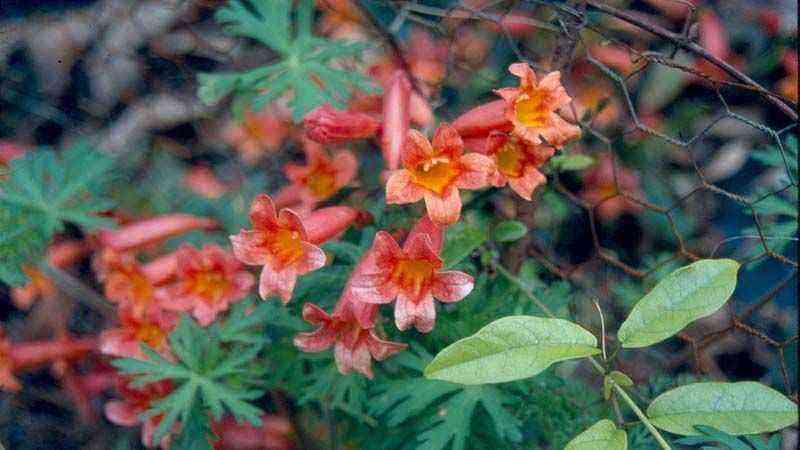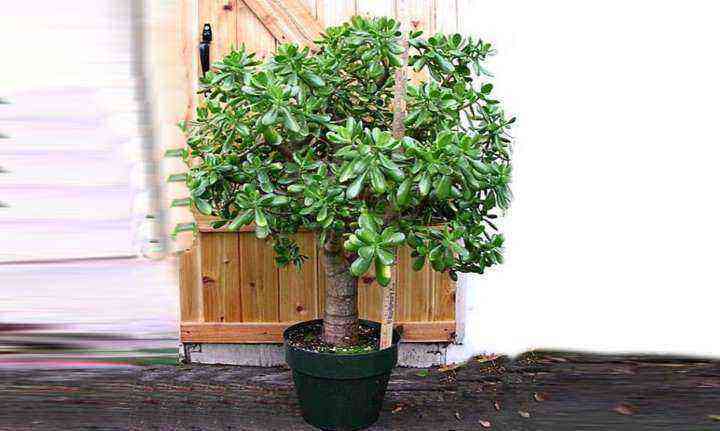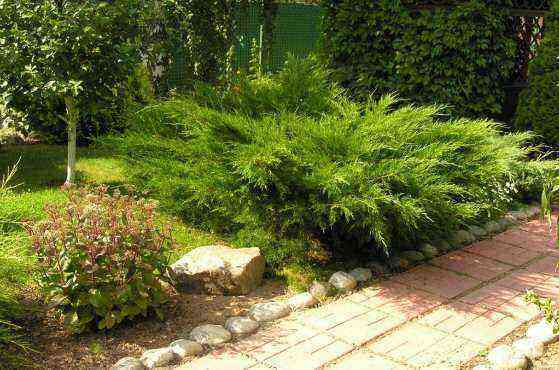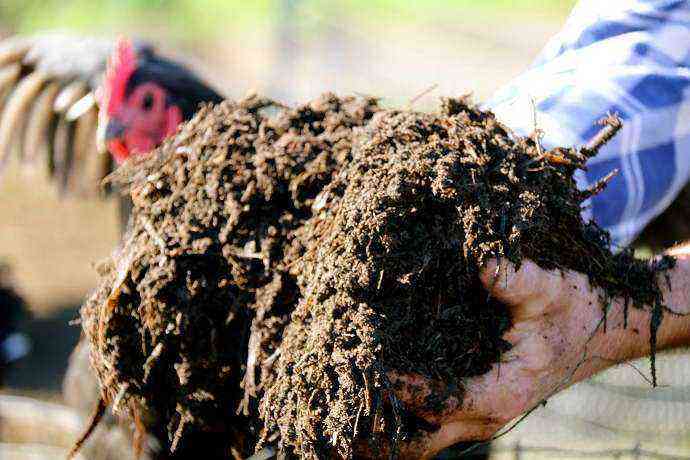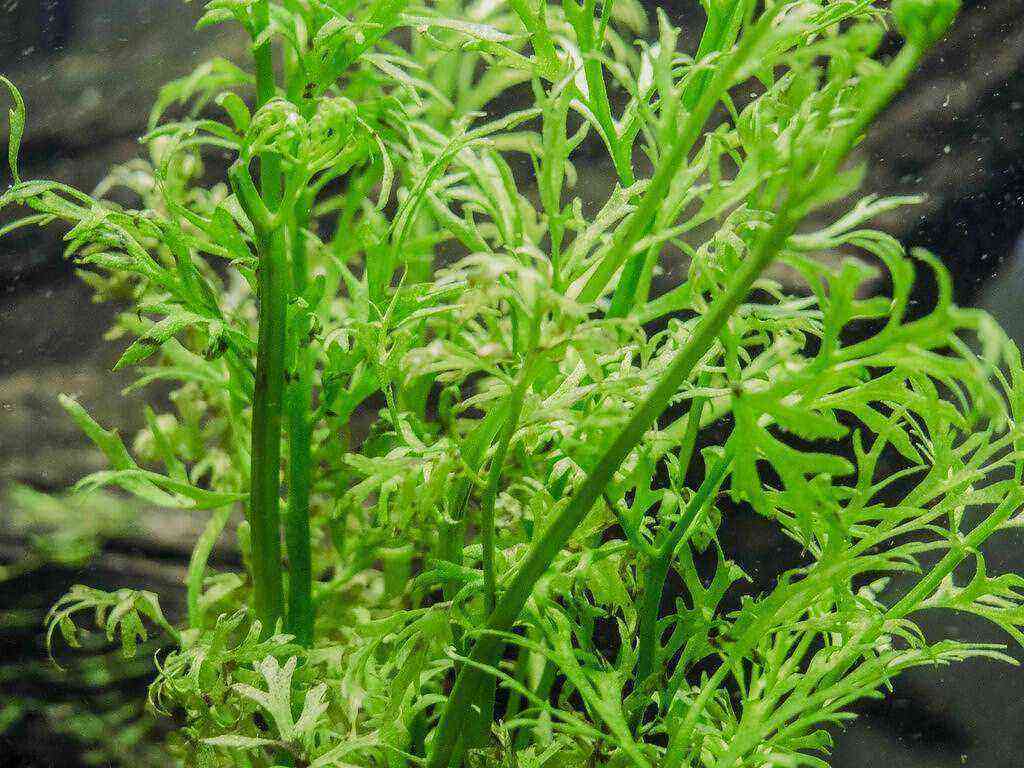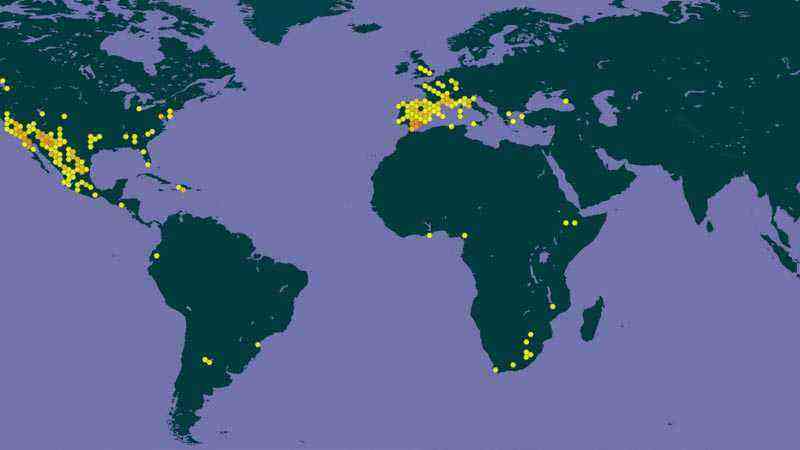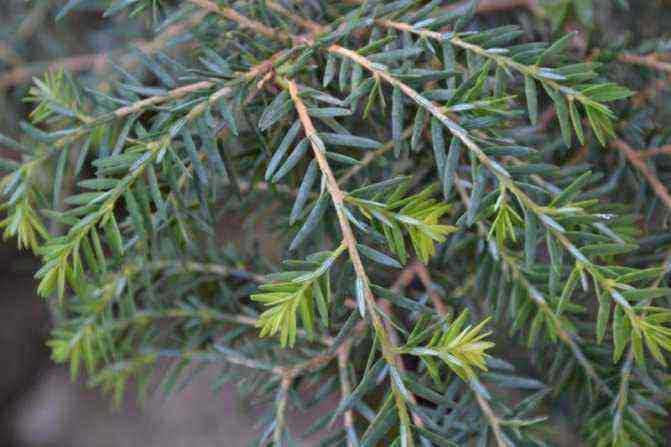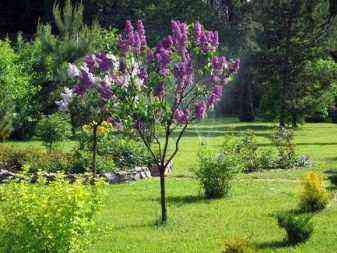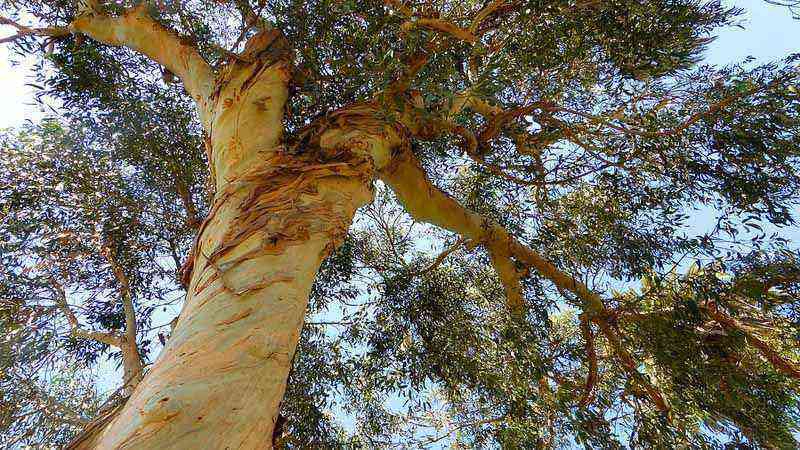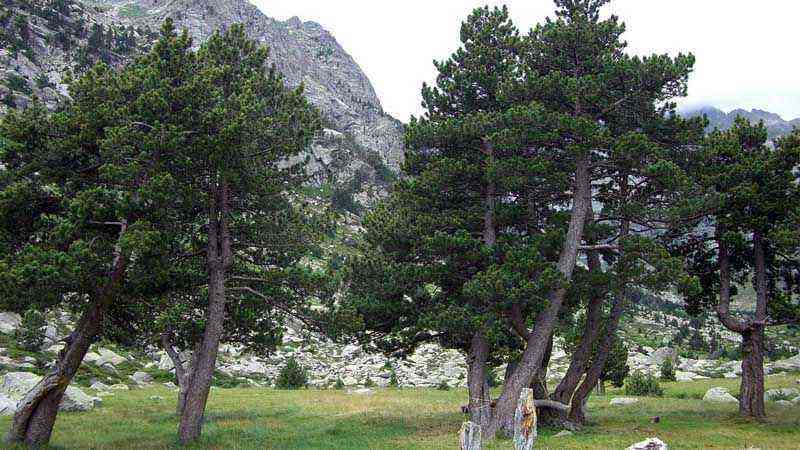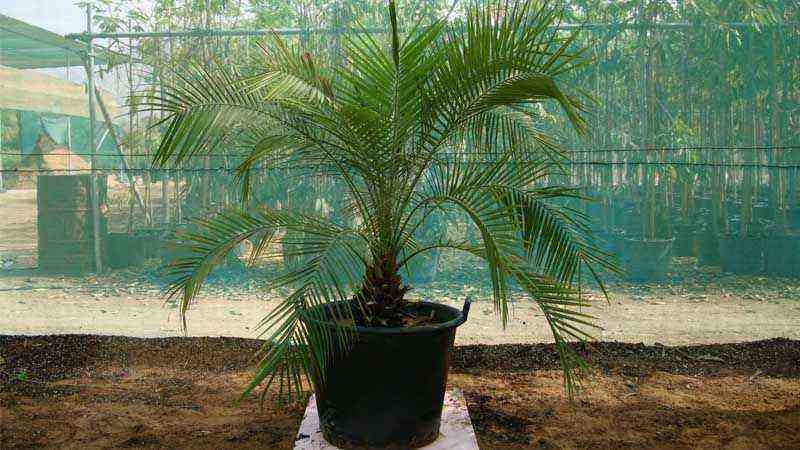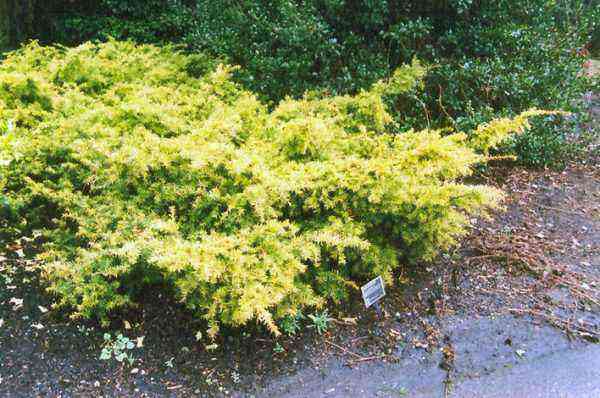Today at Agromática we are adding a new crop file, in this case a large tree. It is known as Tamarindus indica, perfect for hot climate regions. Its origin is from Africa but is currently established everywhere. Take a look at the way we cultivate it and if it convinces you … let’s get to work!
Tamarind characteristics
The tamarind is a tree whose size can reach 20 meters, although it is generally slow growing. Above all the particularity of this tree is the fshape of its fruits, where the seeds are housed inside. They are a kind of brown, covered and oversized bags that have various culinary uses. For example, they are usually sold as sweet or for the manufacture of juices and drinks, and some medicinal properties have even been found
The ideal climate for tamarind
Tamarind achieves its best development and growth in areas of hot climates, with dry and mild winters. Young, slightly woody plants are usually quite susceptible to coldor, so if we expect a cold winter, we will have to protect them.
Soil requirements. Which is the best?
When growing tamarind, you have to take into account some details regarding the quality and structure of the soil. For example, the Tamarindus indica prospera and deep soilsyes, with good drainage, frank texture and pH around neutral, between 6,5 and 7,5. Even so, and having mentioned the best soil where it develops, you have to know that the tamarind it is not demanding when it comes to soils and adapts well to most of them.
Irrigation and fertilizer needs
It is necessary to perform irrigation with a frequency that prevents the soil from drying out. Especially in summer, when temperatures rise, it is necessary to repeat watering. Tamarind has no problem growing in humid environments.
Regarding the subscriber, there are 2 very important mineral components in tamarind, the nitrogen and match. Responds very well to the incorporation of decomposed organic matter around the tree, so you can do this when coming out of winter or just before flowering / fruiting. If you notice that your tree has mineral deficiency problems, and the application of organic matter has not been enough, you should apply fertilizers (nitrogen and phosphorus) of 50 grams each, the first 4 years of growth and development.
Multiplication. How do we get new varieties?
We can obtain new tamarind plants from seeds or by grafting. The way to prepare a suitable seedbed for the germination of this tree is to use a substratum sandy and with good moisture content. The seed takes about 8-10 days to germinate. Once the seedling is about 5 cm, by means of the ringing, we transplant it to pots waiting for it to grow and harden a little more.
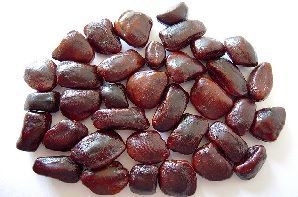
Tamarind seeds
You can also get different types of tamarind seedstamarindus indica).
Is it necessary to prune?
The concept of pruning in tamarind it is based solely on the architecture of the tree. That is, in achieving a balance and homogenizing the growth of its branches. This is limited to removal of dry and crossed branches, and in aerating the interior of the vegetal mantle to avoid the spread of diseases and improving the production of fruits.
